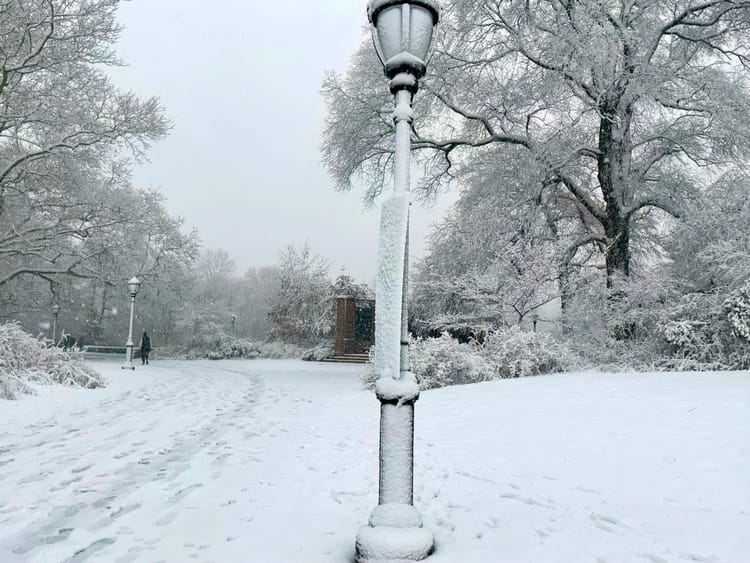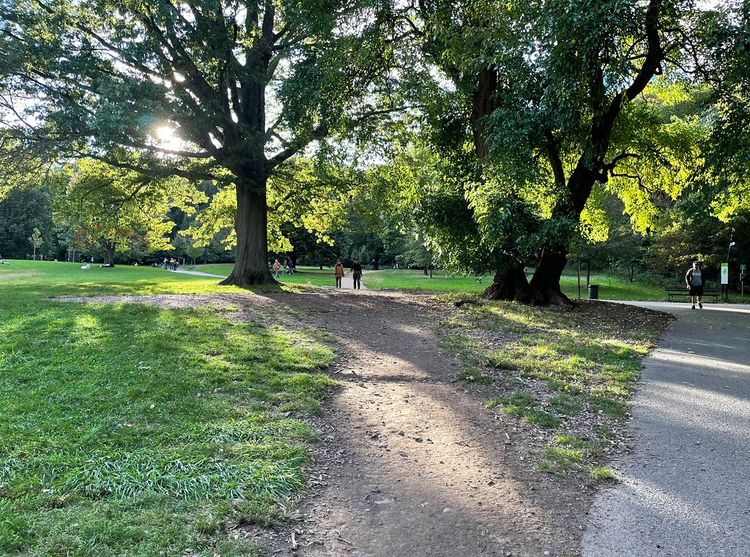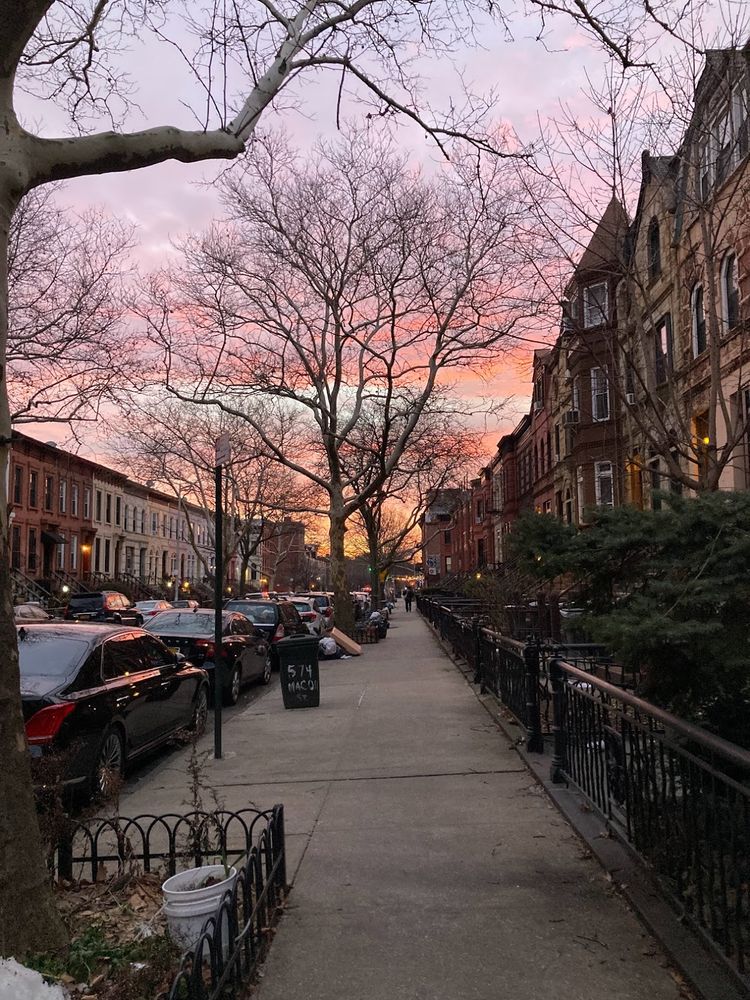An Urban Eyesore Provides a Summer Respite

This summer has the potential to be the hottest ever on record, and while some parts of New York City have been designed with greenspaces and street trees that subdue the heat, others are sweltering concrete valleys between radiating towers of glass. Thanks to what’s known as the urban heat island effect, cities tend to be hotter than rural and suburban areas as concrete holds in the warmth, allowing it to linger and thicken the air after the sun has set. However, the city breaks down into very different microclimates of temperature that can be especially apparent on the most blisteringly hot days.
In 2014, a report shared by students from the City College of New York who surveyed Manhattan over two summers found that everything from the material of the buildings bordering a street to elevation impacted temperature. For instance, a neighborhood with brownstones made from dark material was likely to be cooler than one with towering glass skyscrapers that created a “light box” effect, reflecting sunlight down onto passersby. An area at high elevation, meanwhile, was cooler than one at a lower elevation, and if you walked down an east-west cross street in the grid, you would experience far more shade than on a north-south street.
And what of that scarce shade? Some neighborhoods, like Park Slope in Brooklyn, have orderly rows of flourishing street trees while stretches of East Harlem in Manhattan are left exposed to the sun. This inequality in the tree cover overwhelmingly impacts communities with large populations of people of color.
Considering where to plant new street trees can help with this disparity, but there is also already a ubiquitous green structure that covers miles of the city, and despite it being widely considered a blight, is often a rare chance for shady cover. This scaffolding from the sidewalk sheds and its pervasive presence in the city are due to rules that require building facades over six stories to be inspected every five years (a law that was instated following the death of a Barnard student caused by falling masonry). But after the work is done, it can stay up for years due to mismanagement, cost, or other reasons. Last December in Harlem, one sidewalk shed finally came down after an astounding 21 years in place. (However, as reported by ABC 7, one resident was concerned about the eviction of the racoons that had taken up residence.)
These sidewalk sheds are hardly the balconies of the French Quarter of New Orleans in their aesthetics (despite attempts to improve them with art or sleek white steel). Still, on the hottest days, they are welcome respites when walking through an unshaded sidewalk. People bring out chairs and speakers on weekends to sit in their shadows; restaurants drape them with fake foliage and fairy lights to draw diners to tables positioned under their lattices of metal bars. In sudden showers, they are places to find your umbrella or wait out the rain. They are utilitarian eyesores that can be seen as signs of city dysfunction. Yet when the clouds clear out of the sky and the temperature soars upward, they offer a moment of coolness in a city that has regularly neglected this human need.

- For a less odiferous summer respite, we hope you’ll join us on Friday, June 28th at 7:30pm for a (free!) NYC Microseasons-themed evening—part of a series called More Than Meets the Eye at the Museum of the Moving Image in Astoria. Along with friends to NYC Microseasons, Georgia Silvera Seamans, PhD of the fantastic @localecologist IG account and localecologist blog, and science filmmaker / ex-National Park ranger Tom McNamara, we’ll be talking about fireflies, mulberries, fireworks, and horseshoe crabs. RSVP encouraged and the evening includes a reception with mead from Enlightenment Wines. Join us to commemorate the fleeting microseasons of NYC's summer!




